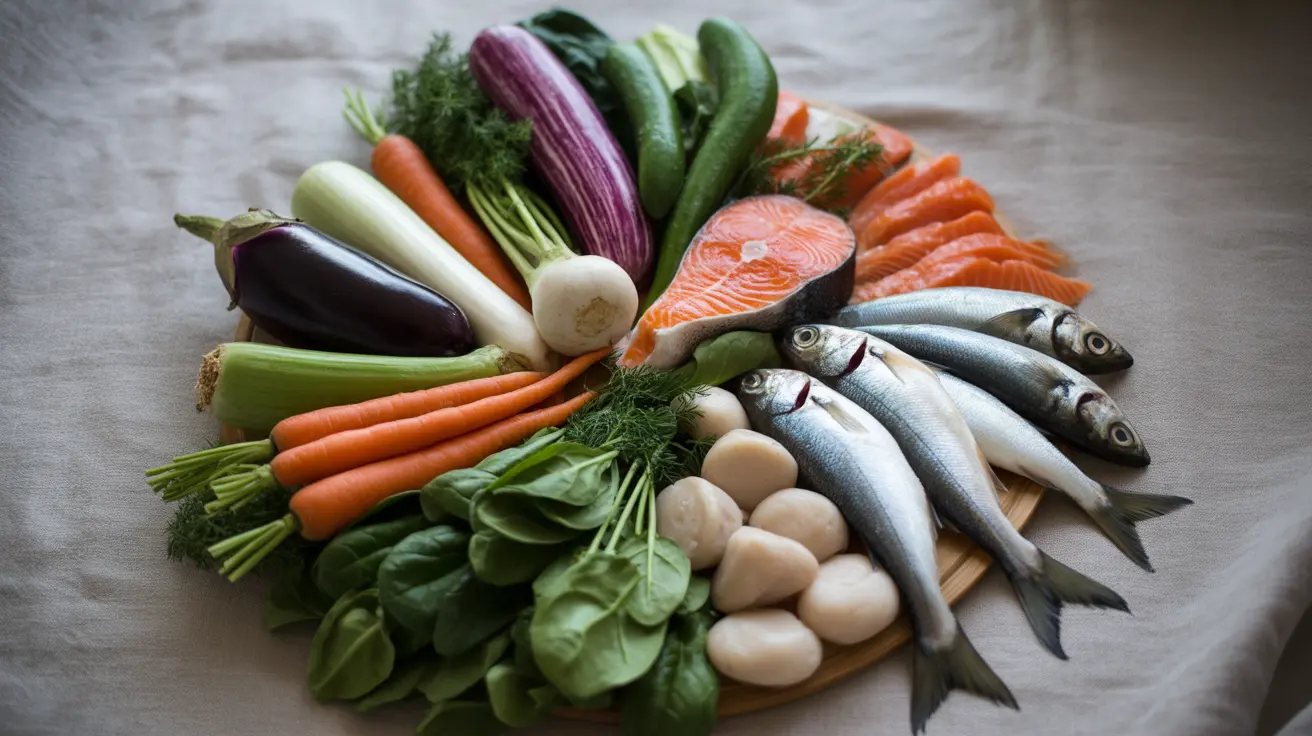Cirrhosis of the liver can cause various skin manifestations that serve as important indicators of liver health. These skin changes, including rashes and other cutaneous symptoms, often provide valuable clues about the progression of liver disease and require careful medical attention.
Understanding these skin manifestations is crucial for both patients and healthcare providers, as they can signal the need for additional treatment or indicate changes in the underlying liver condition. This comprehensive guide explores the various skin changes associated with cirrhosis and discusses effective management strategies.
Common Skin Manifestations in Cirrhosis
Cirrhosis can trigger several distinctive skin changes that patients should monitor:
- Spider angiomas (spider veins)
- Palmar erythema (reddening of palms)
- Jaundice (yellowing of skin)
- Bruising and easy bleeding
- Paper-money skin
- Pruritis (intense itching)
Spider Angiomas
Spider angiomas appear as small, spider-like blood vessels visible on the skin's surface. They typically develop on the chest, face, and arms. These distinctive marks occur due to hormonal changes and altered blood flow patterns caused by liver dysfunction.
Palmar Erythema
This condition presents as redness in the palms, particularly at the outer edges and thumb region. It develops due to changes in sex hormone metabolism caused by compromised liver function. The redness may become more pronounced as liver disease progresses.
Managing Cirrhosis-Related Skin Issues
Several approaches can help manage skin manifestations associated with cirrhosis:
- Moisturizing regularly with fragrance-free products
- Using mild, non-irritating soaps
- Avoiding hot showers
- Wearing soft, breathable clothing
- Taking prescribed medications as directed
- Maintaining good skin hygiene
Medical Treatments
Healthcare providers may recommend various treatments to address specific skin symptoms:
- Antihistamines for itching
- Bile acid sequestrants
- Topical emollients
- UV light therapy for severe cases
- Specialized medications for specific manifestations
Prevention and Lifestyle Modifications
Implementing certain lifestyle changes can help minimize skin complications:
- Avoiding alcohol completely
- Following a liver-friendly diet
- Staying well-hydrated
- Protecting skin from sun exposure
- Regular medical monitoring
- Gentle skin care routine
When to Seek Medical Care
Certain skin changes warrant immediate medical attention:
- Sudden increase in jaundice
- Severe, uncontrolled itching
- Rapid appearance of new spider angiomas
- Unusual bruising or bleeding
- Significant skin color changes
- Worsening swelling or edema
Frequently Asked Questions
What are the common skin rashes and changes that appear in people with cirrhosis?
Common skin changes in cirrhosis include spider angiomas, palmar erythema, jaundice, paper-money skin, and various types of rashes. These manifestations occur due to altered blood flow, hormonal changes, and compromised liver function.
Why does cirrhosis cause itching and what treatments can help relieve cirrhosis-related skin itch?
Cirrhosis causes itching primarily due to the buildup of bile salts in the skin. Treatment options include antihistamines, bile acid sequestrants, UV light therapy, and topical medications. Lifestyle modifications like using mild soaps and moisturizing regularly can also help.
How can skin symptoms like spider angiomas or jaundice indicate worsening liver cirrhosis?
An increase in spider angiomas or worsening jaundice often indicates progression of liver disease. These changes suggest declining liver function and may signal the need for adjusted treatment approaches or more intensive medical monitoring.
What lifestyle changes or home remedies can help manage skin issues caused by cirrhosis?
Effective home management includes maintaining good skin hygiene, using gentle skincare products, staying hydrated, avoiding alcohol, protecting skin from sun damage, and wearing soft, breathable clothing. Regular moisturizing and avoiding hot showers can also help reduce discomfort.
When should someone with cirrhosis-related skin changes seek medical evaluation or treatment?
Medical attention is necessary for sudden increases in jaundice, severe uncontrolled itching, rapid appearance of new spider angiomas, unusual bruising or bleeding, significant skin color changes, or worsening swelling. These symptoms may indicate disease progression requiring immediate medical intervention.




